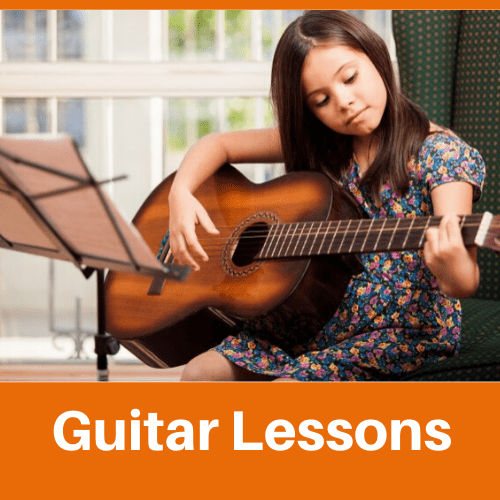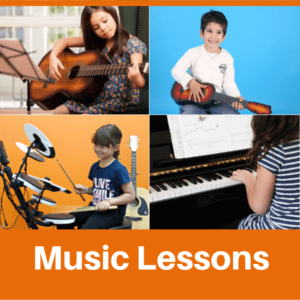
How do some eggs hatch when others don’t? Why are eggs different colours? Can I have a duck as a pet? Why do ducks have feathers? Where do ducks live in the winter?
These are a few of the questions our students asked when we presented them with an incubator full of duck eggs one day as a provocation to our Inquiry Unit on Animal Life Cycles. The inquiry model of learning allows for children of different ages and abilities to access information at their own pace while developing important 21st skills for lifelong self-directed learning. Our cross-curricular exploration began with “Hatching Duck Eggs” and developed into hatching Butterflies. These units demonstrate how our students and teachers at Oak Learners utilize the inquiry model, aligning our teaching and learning around this experience while also connecting to Ontario Curriculum skill-based development.
Personalized Learning
What is absolutely fascinating is how the same topic can be adapted to be age-appropriate for all students within a multi-grade classroom; this is where an inquiry-based model really shines. Students direct their own lines of inquiry and follow their own paths of research to answer questions developed with the guidance of a teacher-mentor. This teacher has an idea of which skills students are working on development and can help guide the inquiry to enhance the learning process for each student in a very personalized way. This method also reduces student apathy, because each child is actively engaged in the learning process and is allowed to really take control of the depth and breadth of their learning. Personalized inquiry also leads to better information retention and higher-order skill development regardless of the age of the child.
Cross-Curricular Activities
It would be impossible to have ducklings in the classroom and try to have children complete math sheets. Their attention would constantly be drawn away, and the level of engagement in learning a new math unit would be exceedingly low. This is where cross-curricular planning becomes a must-have. In our classrooms, math became very hands on while still focused on developing new understanding. We learned about reading graphs and tables of information. Applied math activities involved creating our own graphs and analyzing the numbers. Older students examined data on probability when looking at hatch rates and explored concepts in algebra when looking at population data. Our youngest students counted and added and subtract the ducks, learning to manipulate numbers and tell “number stories” in a real-world application.
Language Arts activities surrounded reading and writing fictional stories about animals. We learned about differentiating fact and fiction. Children were also encouraged to observe the real ducks to enhance the description in their stories. Research reports and non-fiction writing also played an important role. Information was organized and categorized to help the students communicate their findings and observations about the ducks.
Rich Learning

The experience of hatching ducks was an irreplaceable learning opportunity for everyone in our community. Many teachers and parents and even passersby remarked at how much they learned through observing the ducklings grow and through the information collected and shared by the children. Several parents also remarked on how they remembered a similar experience from their own childhood – underlining for us the importance of experiential opportunities to enhance student learning and information retention. Through experiences such as this, children are able to construct their own understanding of the world around them and build stronger neuro-pathways in their brains to be used for acquiring and consolidating new information later along their learning journey.
See our 2021 Duck Hatching Videos here:
Unit outline for Multi-Grade Classrooms
Theme: Living Things in the Environment
Inquiry Skills: Connections, observations, predictions.
Central Ideas:
K ~ Living things go through changes and adaptations in their lifetime.
Gr. 1-3 ~ Living things have specific needs that exist in their habitats
Gr. 4-6 ~ All living things are interconnected
Lines of Inquiry:
K ~ How do ducks change from egg to adult? What needs to ducks have in their environment to help them adapt to their lifecycle changes?
Gr. 1-3 ~ What do living things need to survive? How do habitats serve the needs of living things? How do living things adapt to changes in their environment?
Gr. 4-6 ~ How do living things adapt and change? How are living things connected within a habitat? How do changes in the environment affect living things?
For more educational posts visit our Educational Posts Page
To keep up with new blog posts you can follow us on Facebook or Instagram
Or, sign up for our newsletter below for school updates.
Get updates on new classes, hosted events, and more.










